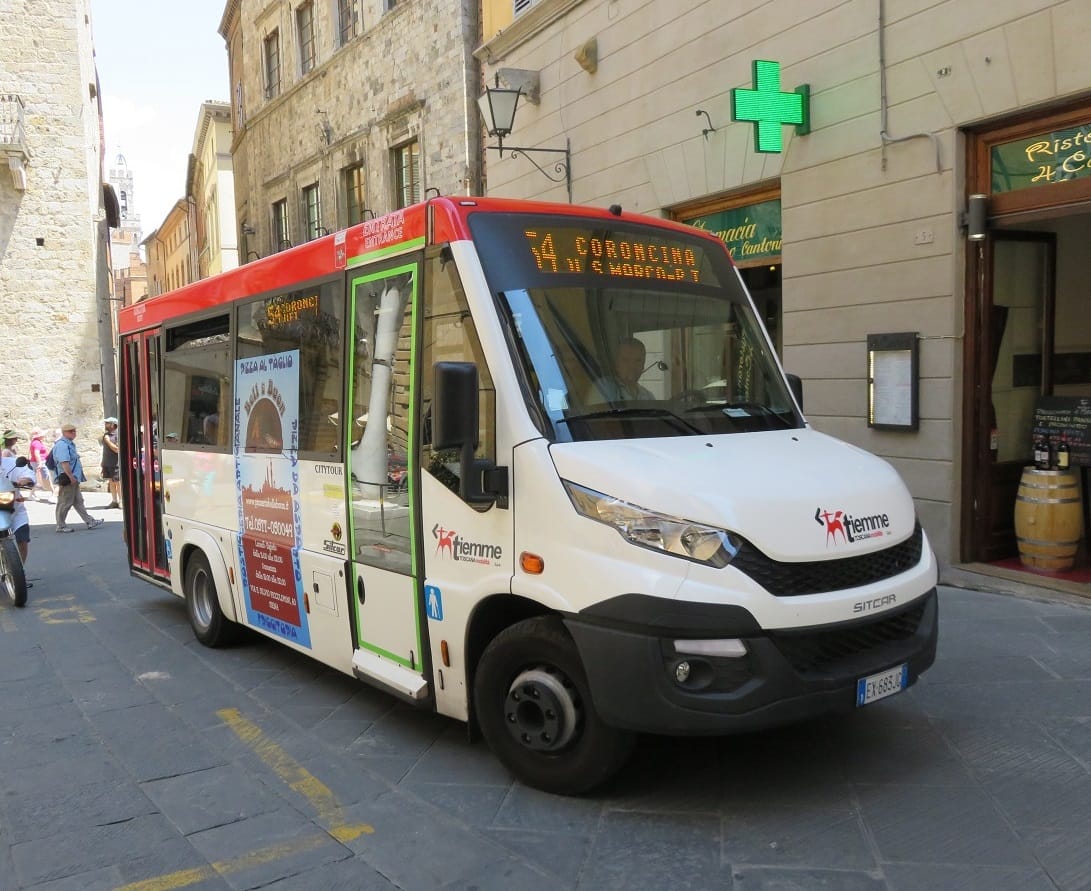Small Can Be Beautiful
Tiny transit vehicles can play an important role in networks, especially as feeders—but they aren't a substitute for heavy-hauling, regularly-scheduled service.

Is Microtransit a Shuck, or an Essential Service?
// Some years back, I was walking along the Viale di Trastevere, the main drag of one of my favourite neighborhoods in Rome. Because of my interest in transportation, I'm always on the look-out for anything new and unusual to me, so when I saw the tiny bus below—adorable, isn't it?—parked on the curb, I snapped a picture, and posted it on Twitter (the pre-Elon Twitter, when posting about transport felt like a less complicated thing to do). I captioned it "Design your vehicles to fit your city—not the other way around."

My thinking at the time was that the form of cities sometimes gets determined by the size of the vehicles on the streets. I was especially thinking of the incredibly large intersections you find in new developments in North America, whose size, notoriously, is determined by the turning radius of fire trucks. (Jeff Speck writes about this phenomenon in his book Walkable City.) It's written into codes and planning documents in too many places: you basically have to build stroads and the kind of over-wide residential streets that make so many subdivisions repellent and dangerous to anybody not in a car.
